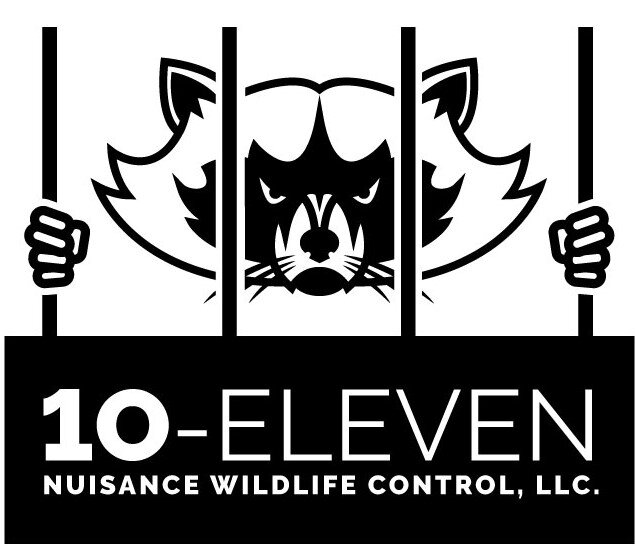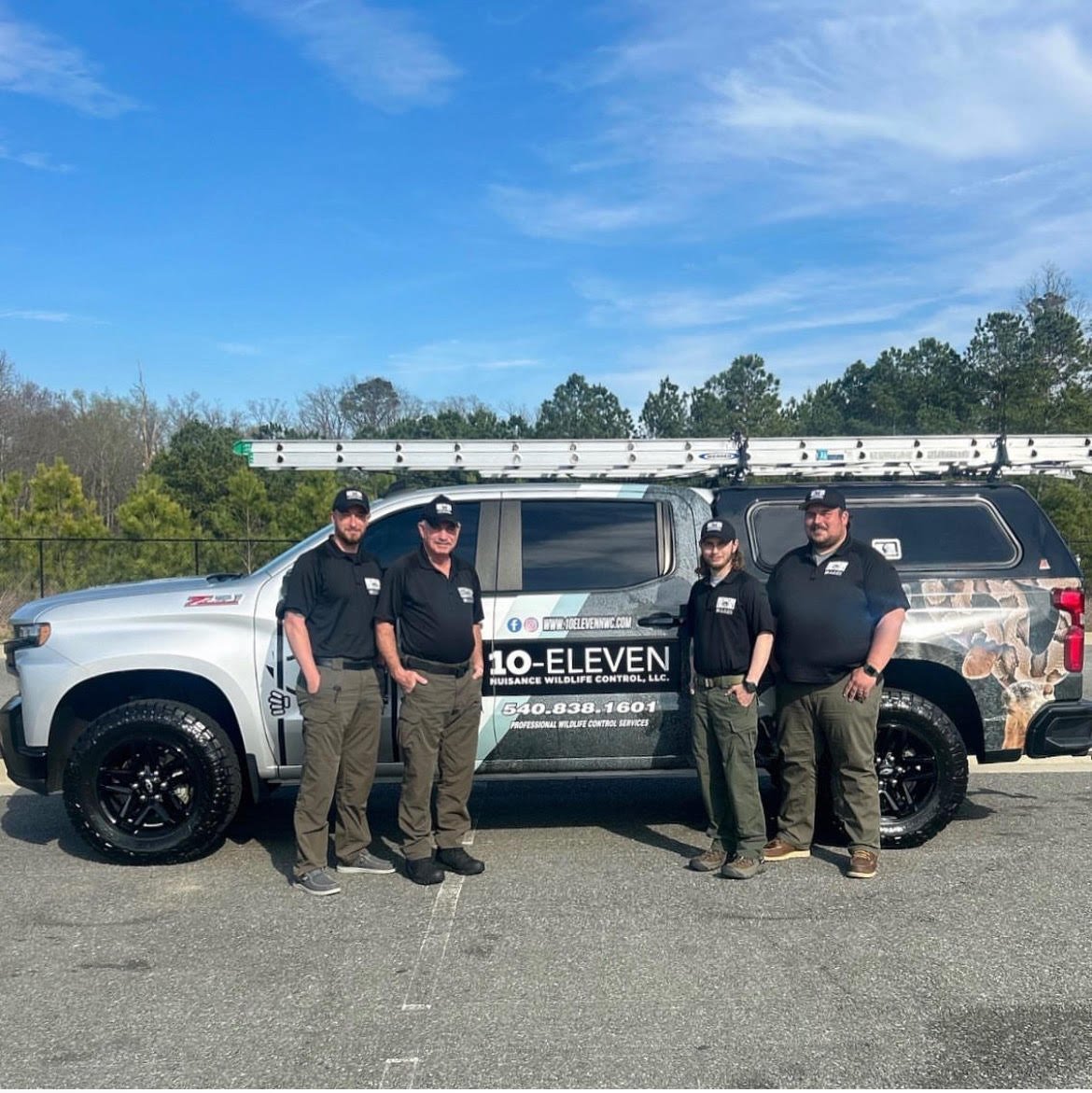
BIRDS
Nuisance Birds Found in Virginia
European Starling
The European Starling is a medium-sized bird known for its glossy black plumage and yellow beak. These birds are highly adaptable and often form large flocks, leading to issues with noise and droppings in urban areas. Their aggressive nature often displaces native birds from nesting sites.Canada Goose
Canada Geese are large birds with distinctive black necks and white chin straps. While they are often appreciated for their beauty in natural settings, they can become problematic when they congregate in large numbers in parks or on golf courses. Their droppings can create unsightly and unsanitary conditions.Common Grackle
Common Grackles are larger members of the blackbird family with iridescent plumage. They are often found in flocks and can be quite noisy. Grackles are known to become aggressive towards other birds and can cause damage to crops, making them a nuisance in agricultural areas.Pigeons (Feral)
Feral Pigeons are descendants of domesticated pigeons and are similar to Rock Pigeons. They thrive in urban environments and can become a health hazard due to the accumulation of droppings. Their nesting habits can also lead to structural damage.
Why are Birds a Nuisance Animal?
Birds may cause property damage, particularly to roofs, gutters, and eaves through nesting activities. Many birds leave droppings that can stain surfaces and contribute to the deterioration of building materials.
Some bird species can pose health risks. Bird droppings can harbor pathogens and parasites, leading to diseases such as histoplasmosis or bird flu. Additionally, they can attract other pests, including insects that thrive in bird droppings, further complicating nuisance issues.
Lastly, aggressive behavior during breeding seasons can be problematic. Certain birds may defend their nests vigorously, posing a risk to humans and pets in proximity.
How can 10-Eleven Nuisance Wildlife Control solve my Bird problem?
We can help you manage your bird-related issues through a combination of assessment, exclusion, and humane removal techniques. Steps often include:
Assessment: We will evaluate the situation to identify the bird species, assess potential damage, and determine the best course of action.
Exclusion: To prevent birds from nesting or roosting, we may recommend and implement physical barriers, such as nets, spikes, or blocking entry points.
Habitat Modification: We may suggest changes to the surrounding environment to make it less appealing to birds. This can involve reducing available food sources and removing water resources.
Humane Removal: If birds are already present, we can employ humane harassment or deterrent methods in accordance with local regulations.
Consultation and Education: We can provide guidance to property owners about bird behavior and control methods to ensure long-term management.
Monitoring: After intervention, wildlife control may involve ongoing monitoring to ensure the effectiveness of the measures taken and to prevent future issues.
Got Birds?
Contact 10-Eleven Nuisance Wildlife today!








